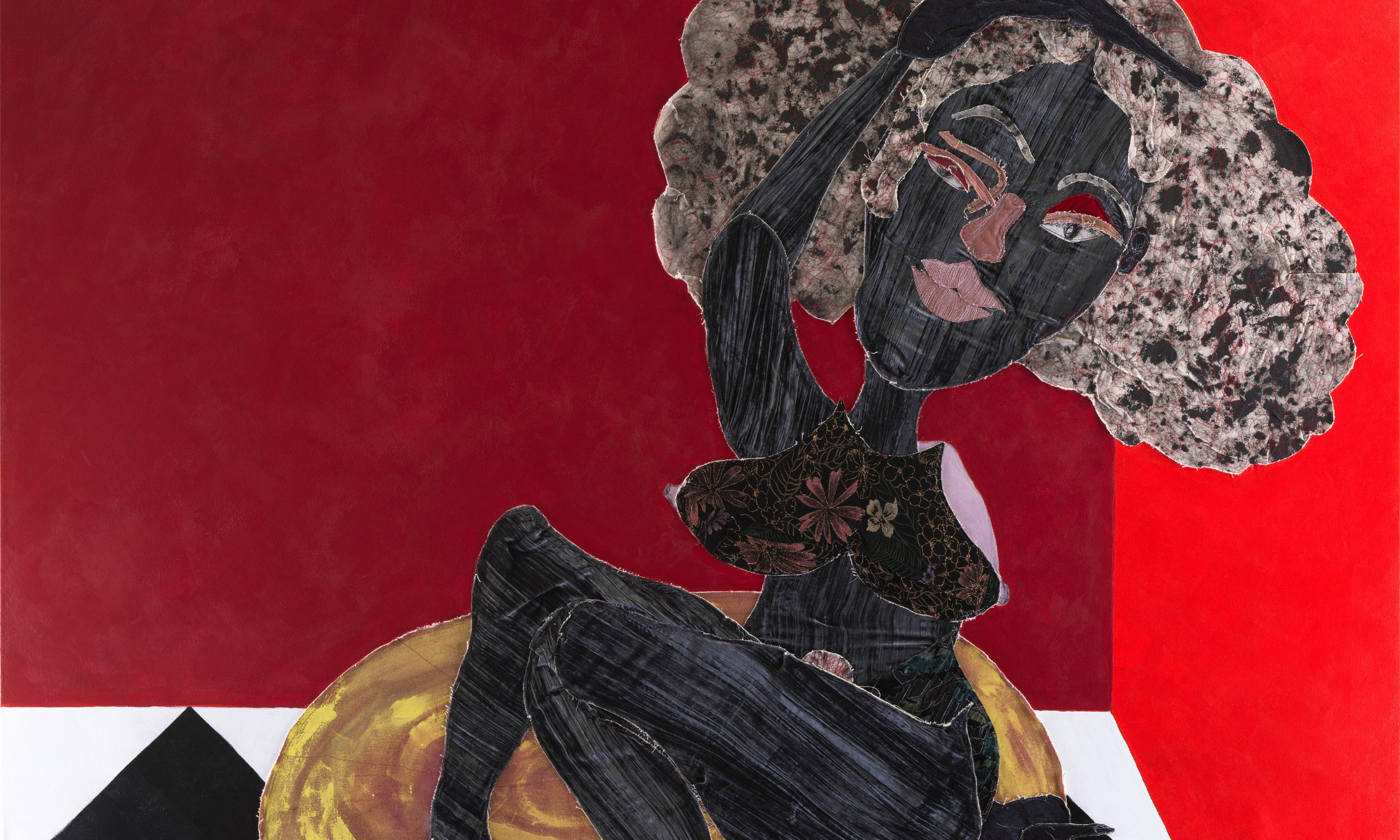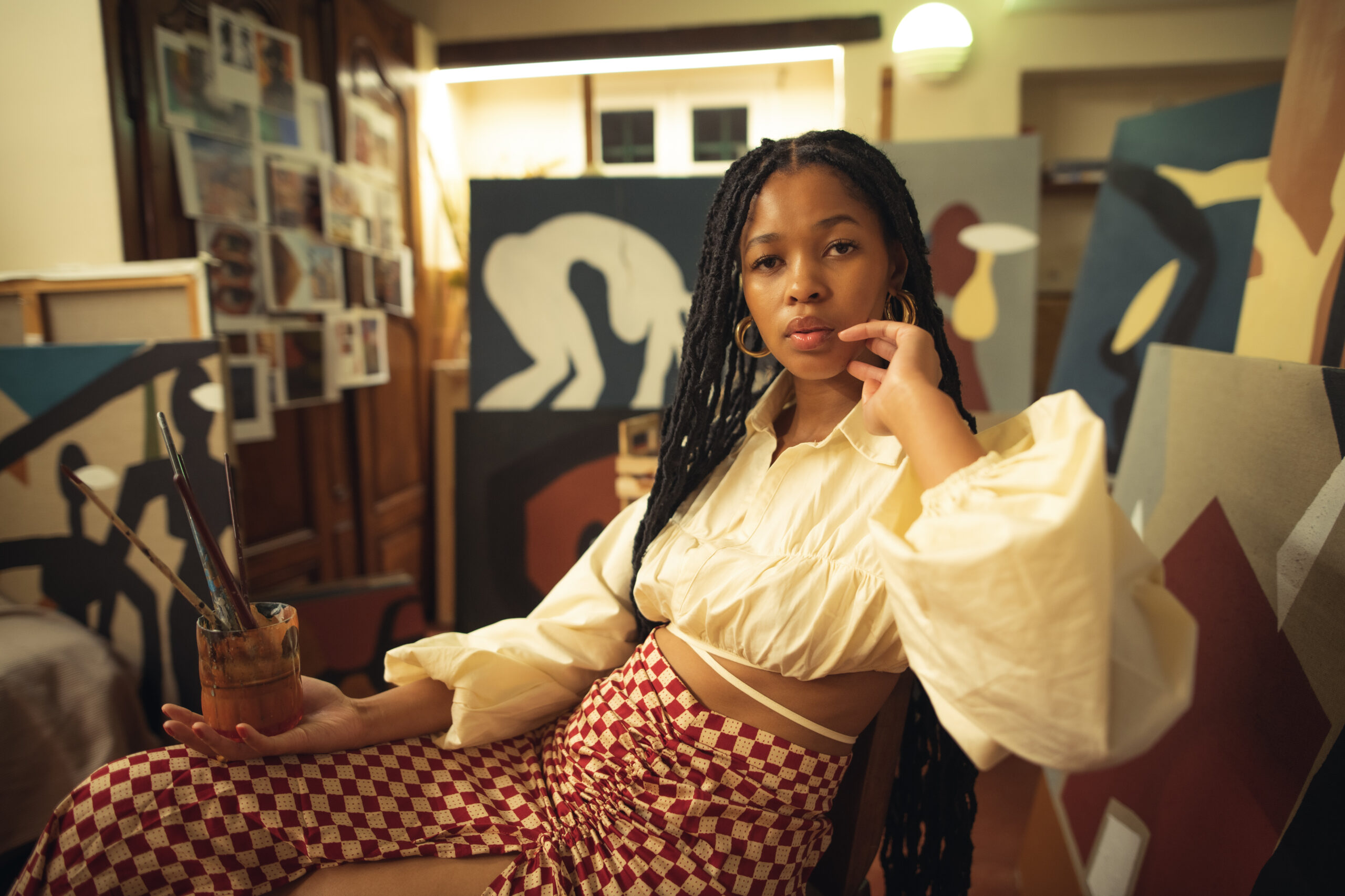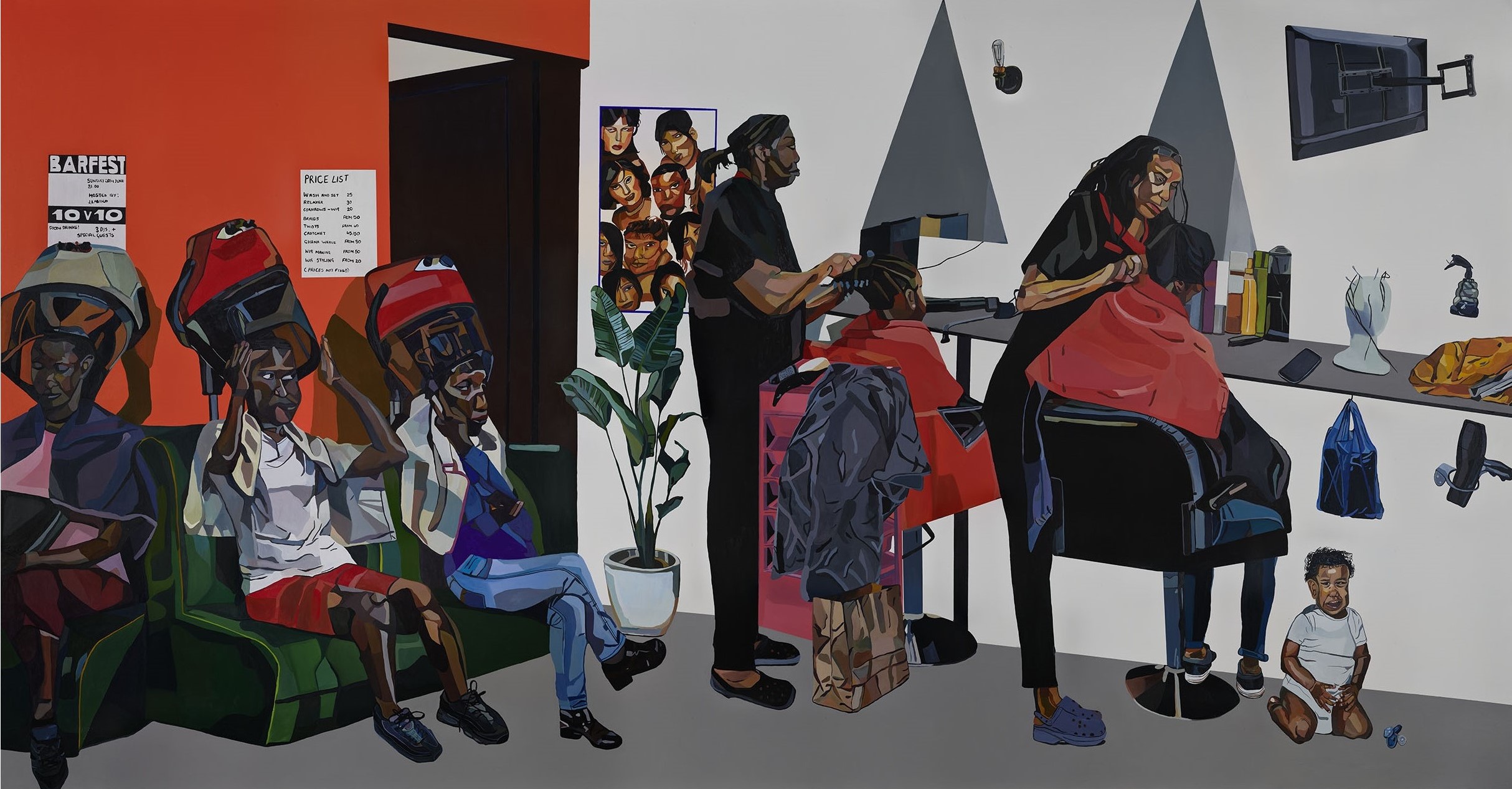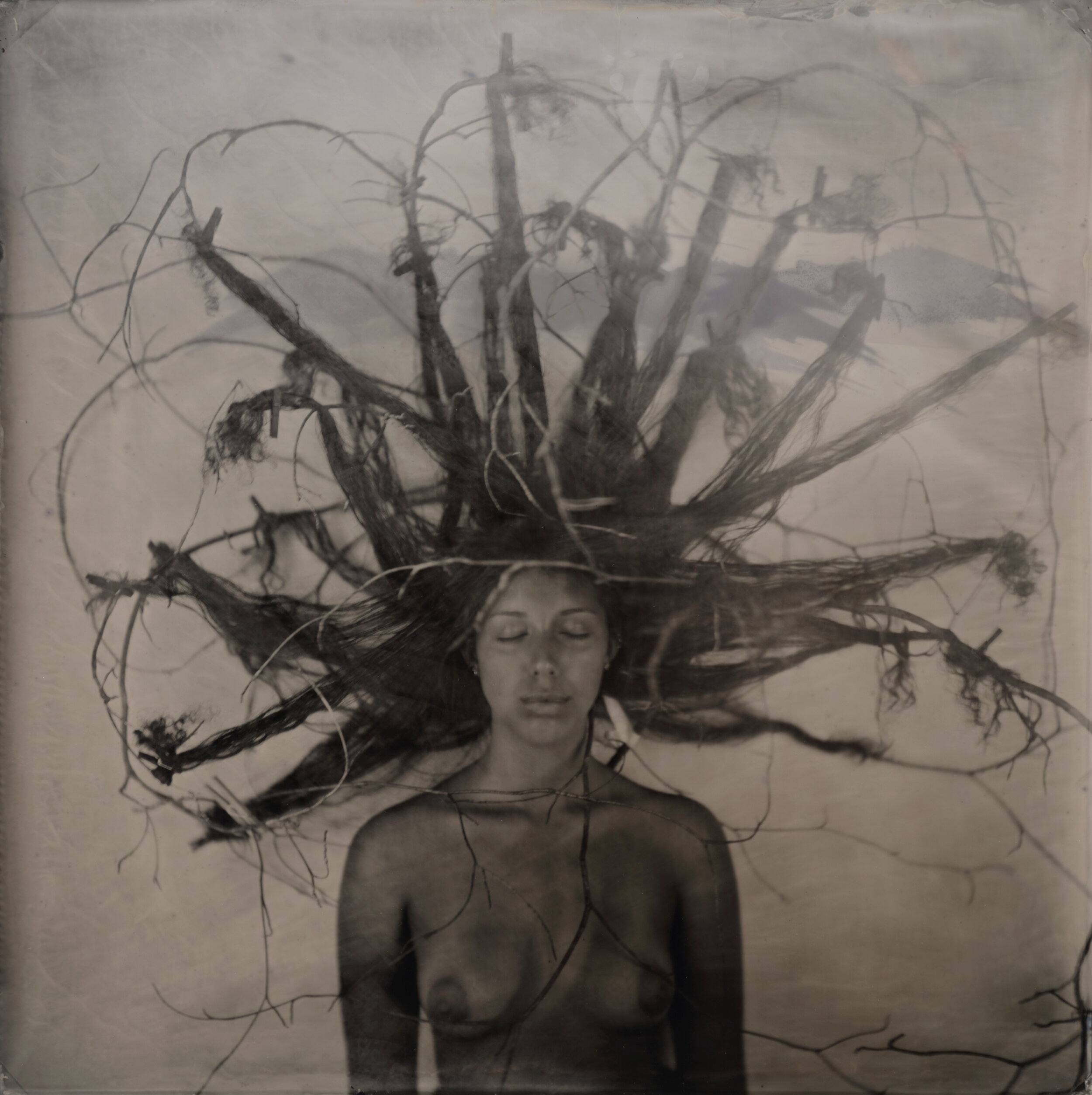
Discovering Monet’s art was my first step towards resisting what a Muslim woman ‘should’ be
Tahmina Begum
17 Apr 2019
Illustration by Mariel No
Lush greens, folding petals and vasts quantities of blues and greens brushed close to each other is what Monet, to me, has always felt like. Inside a large Taschen art book with hard edges, which took the energy of my two seven-year-old arms to carry home, bloomed a whole world of these paintings. This was my first taste of the unknown.
Growing up in a working-class household, I was encouraged to read everything and anything I could get my hands on. Whether it was the troublesome plots of Jacqueline Wilson, the brattish protagonist in Meg Cabot’s Princess Diaries series (my parents had no idea about all the dreamy makeout scenes) or the lands of strange words and stranger characters that could have only been crafted by Roald Dahl, I was allowed to read it. Afforded free reign over whatever I wanted to devour next, books were never responded with “No, you don’t need that” or “Let’s get it later”. I was always bestowed with an understanding of the worth that lay between their pages.
This was all before I brought a book home from the library on Claude Monet’s paintings for a school project.
Suddenly, there were no questions about what my book was about. My parents seemed to have no interest in my first inklings of what visual art was, and the topic was swiftly changed when I mentioned the beautiful flourishing trees. What I expected would impress my parents was met with nonchalance.
“What could I learn from a book full of images of ponds, flowers and gardens – what could I learn from visual art at all?”
In hindsight, I realise the art book documenting Monet’s life and inspirations must have felt understandably out of reach. They had always encouraged the consumption of words and literature because they understood this as a way to expand my vocabulary – surely it would help in school. But what could I learn from a book full of images of ponds, flowers and gardens – what could I learn from visual art at all? What could it teach me if they themselves couldn’t really understand it?
Being working class and of Bengali origin, they came from a culture based more on practice and practicality. Culture was tangible, embedded in knowledge, in the layers of spices in the food, in the different dialects a person’s tongue could adapt to, and in the way people married. It was never going to be about a flower garden in Giverny – no one ever had enough time or money to waste purely on aesthetics. Being from a tradition of people just trying to keep themselves and their children alive, we had an obligation to make sure we were not wasting our chances on something that could be washed away, or brushed over.
But at seven, I didn’t understand – could they not see beauty in the thick, shiny, luscious pages, a picture perfect postcard? The lines between what I was allowed to learn about and what I wasn’t suddenly seemed as blurry as the ones in the paintings. While I fingered the murky moss overspilling into the countless floral scenes and scanned my hands across fields of Vimto coloured irises, I realised I was getting an indication for the first time, loud and clear, of what my parents thought I should, and shouldn’t be interested in. And it wasn’t that they weren’t in awe of ‘The Luncheon’ by Claude Monet, but that they were hesitant about me venturing beyond the world of language and knowledge and into a broader form of art.
I was never told to put the book down as such. But the message I got was that that world wasn’t supposed to be for “people like us”. The ability to pick up a brush or venture into the creative world was supposed to be for the privileged, the financially stable, and, alongside that, those who were white. And I still hear that message at 23, every time they’re reminded of the millennial career path I’ve now forged for myself, in which I juggle different job titles in the arts industry all at once.
“The ability to pick up a brush or venture into the creative world was supposed to be for the privileged, the financially stable and those who were white”
Like with every forbidden fruit, at seven, I wanted to be sucked into the pages, I wanted to feel every painting, to put my hand out just as the droplet of water fell into a lily pad. I wanted to feel what Monet envisioned, and I wanted the choice to feel it. And I did. That hunger for choice is still there now; especially when I see disenfranchised women being denied that choice. It’s also forced me to look at who gets to shape the art we consume and to pay homage for those who are not always afforded the mic, pen or paintbrush.
That book was a first step away from my parents, and also the first step into my individual identity – an identity that now resists stereotypical ideas of what a Muslim, Asian woman “should” be. Women like me are rarely given the choice to have a lifestyle based on our own ideas and ways, separate from caring for others or conforming to what people want us to be. My seven-year-old self instantly saw this and didn’t accept what I “should” have been interested in, according to what I looked like and where my family came from.
Now, whenever I look back on any hazy Monet painting, I see it as a reminder to have boundless desires and to live fruitfully. Learning about Monet taught me about more than art history. It showed me how to look past the status quo – and to embrace new ideas about what I can do, and what’s truly “meant” for me.
From gal-dem’s third print issue, on the theme of secrets









